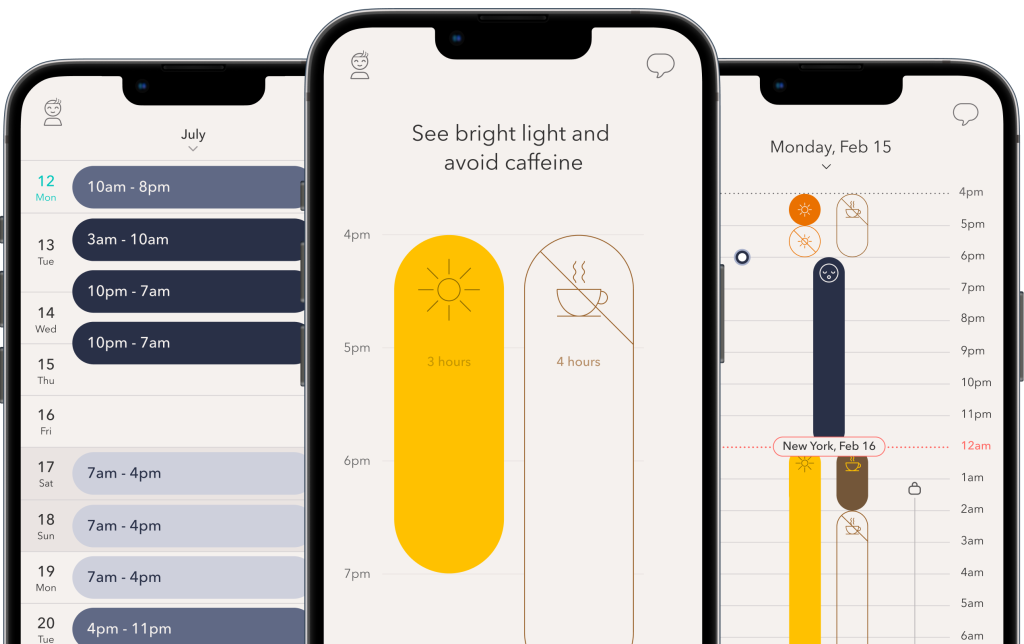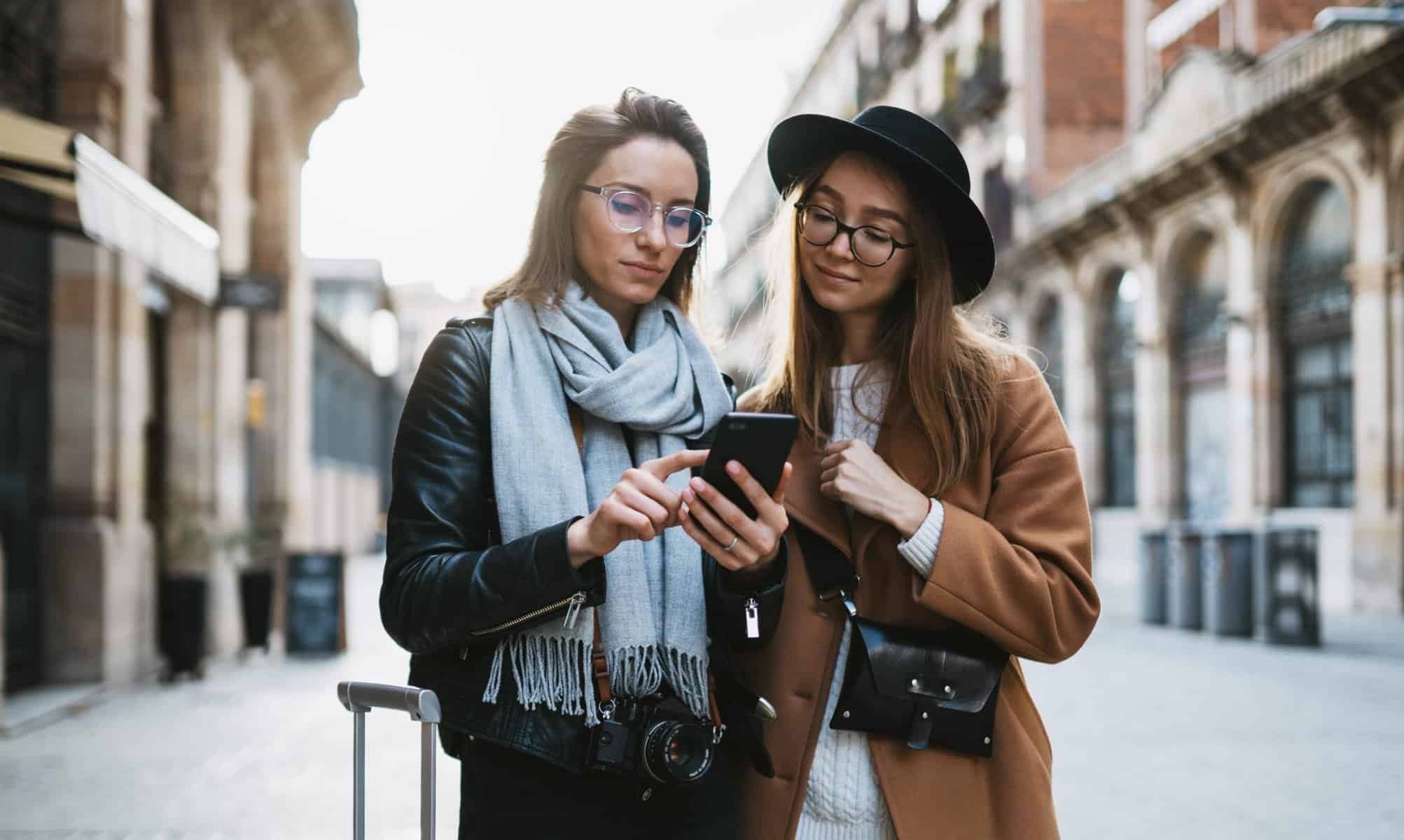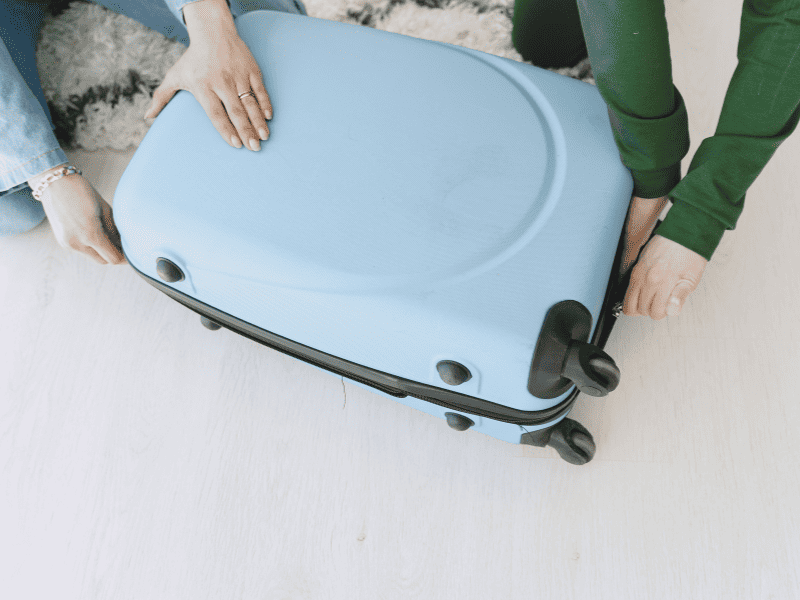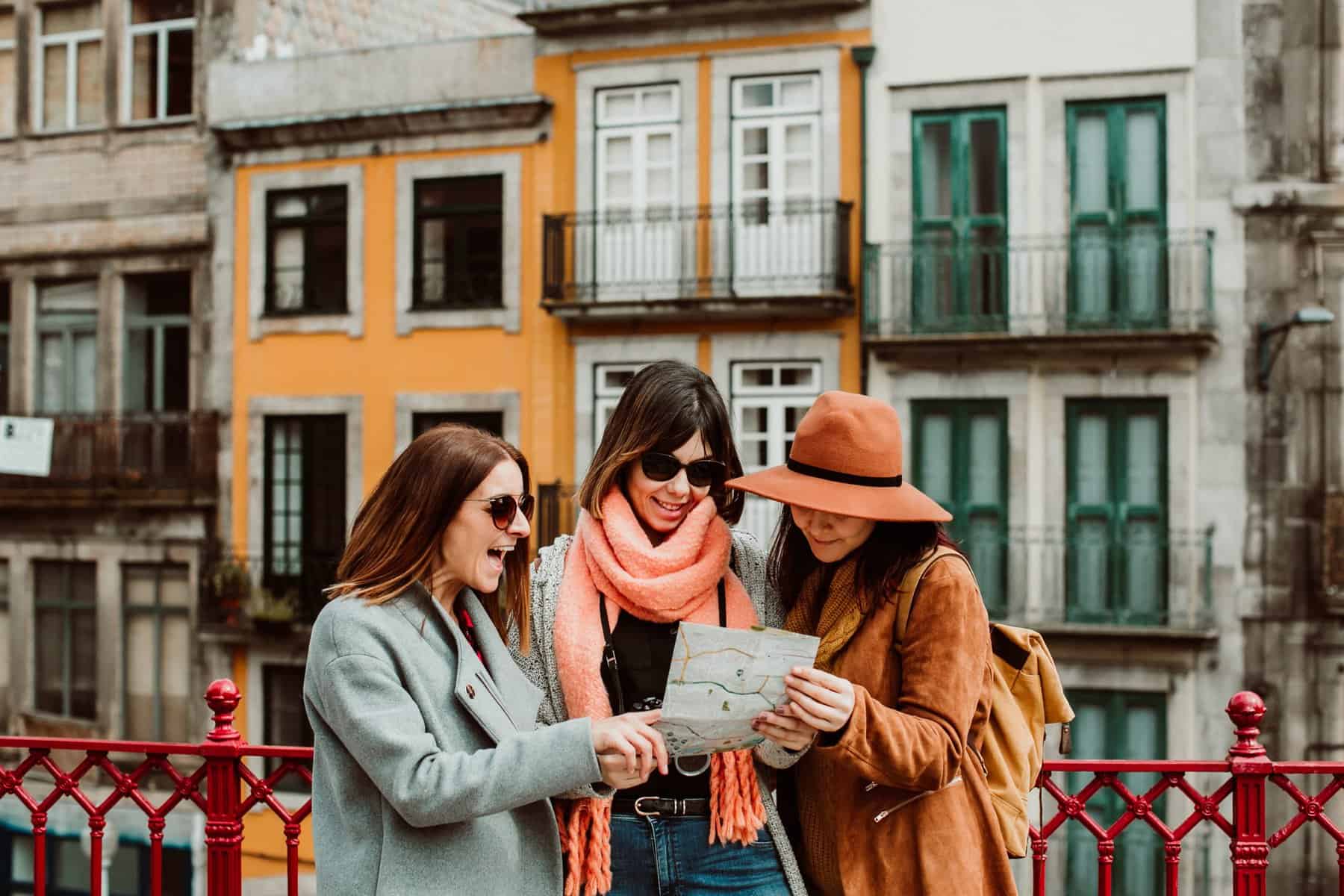How to Sleep Better While Traveling

By Franki Hanke
Yawning isn’t the look you’re going for in your travel pictures, is it? But sleeping in a new environment and battling against jet lag can leave you reaching for the coffee and dreaming of shut-eye. On your next trip, protect your rest with these tips to sleep better while traveling.
Ahead of Time
When you’re booking your flight, a nighttime arrival is easiest to transition with. You’ll be able to embrace the natural sleepiness after a long day of travel to match up to the local sleep patterns.
Before you travel, you can nudge your body’s circadian rhythm toward the sleep cycle you’ll keep during your trip. Three days before you travel, adjust your current bedtime one hour towards the time you’ll sleep during travel. The gently guides your internal clock to swap to your temporary bedtime during travel. If you’re really serious about fighting jet lag with scheduling, try the app TimeShifter which tells you when or do relevant actions light dosing caffeine, avoiding light, or sleeping ahead of (and during) your trip. Nearly all of their subscribers (96.4%) are able to cross time zones without feeling jet lagged.

If your trip is short, don’t push yourself to match your temporary sleep schedule. For two days or less, keep your own time zone’s schedule as much as you can!
If you have space in your suitcase, bring your own pillow from home. Your own pillow should be a tried-and-true sleep aid in your life with a shape you know you like. This helps to counteract the dreaded “first-night effect,” which references a trend in travelers’ sleep being so poor on their first night away it data would be “unusable” for research. Your pillow will be familiar and comforting in a new environment, especially compared to flimsy travel pillows.
Unfortunately, this tip works best for road trips where you’ve got lots of cargo space and won’t work for that backpacking trip! If you’re short on space, call your lodging ahead of time to ask about using a specific type of pillow similar to your usual one. If you use a foam pillow at home, ask about having a foam pillow in the room.
During Your Flight
Match your destination’s time zone.
For better sleep, start adjusting to your destination’s schedule on your flight, especially if it’s long. Eat and sleep at your usual time for the time zone of your destination. If you can’t wait to sleep on your destination’s schedule, take a brief 20 to 30-minute nap early afternoon to tide you over.
Limit alcohol.
A tiny bottle of liquor might be adorable, but you’ll probably sleep better if you skip the drink on the plane as altitude can worsen its effects. Of course, avoid stimulants like caffeine ahead of your ideal bedtime too.
At Bedtime
Lower the Room’s Temperature
Scientifically, the ideal temperature range for an adult is between 60 and 67 degrees Fahrenheit. If you’re thinking, “That’s too cold!” Don’t fret, personal preference does play a part too, but most hotel rooms sit warmer than this so adjust as needed when you check in. If you don’t sleep well regularly at a warmer temperature, I dare you to try the room a bit colder. You might just catch some extra zzz.
In addition to the thermostat, plan around the temperature of your destination. If you’re visiting somewhere hot, aim to keep the room cool.
-Opt for lodging with air conditioning.
-Close the curtains during the daylight hours.
-Request a lower level room to avoid rising heat.
-Pack lightweight, breathable pajamas made of cotton, linen, or bamboo.
If you’re visiting somewhere cold, it’s usually easier to adjust, but still protect the quality of your sleep with layered pajama options. Even if you sleep in lightweight pajamas during winter at home, your hotel room might be draftier or the blankets lighter, so pack options or layers including socks so you stay warm.
Get The Finer Life
Our Sunday email has tips and content you will love – exclusively for our subscribers.
"*" indicates required fields
Take Melatonin at Ideal Bedtime
Melatonin is a frequent recommendation for travelers struggling to sleep, but research shows that when you dose it matters a lot. In a review of ten scientific trials, researchers concluded that melatonin is most effective when taken close to your desired bedtime in the local time zone. The ideal dose is a quick release of 5mg. Lower-dosed, slow-release tablets didn’t perform as well, but higher doses performed no better.
So, when you’re changing to a new time zone, dose melatonin early in your bedtime routine ahead of sleeping in the local time zone. Buy a quick dissolve version in 5mg doses like Natrol’s Melatonin tablets.
Decrease Light Pollution
Your bedroom at home is already a sanctuary of darkness, right? Limiting light while sleeping is essential, as mentioned in our sleep guide The Well-Rested Woman which is a sleepy lady’s essential reading. But, when you’re away from home, it’s uncharted, bright territory with blinking alarm clock lights and light-leaking curtains!
Block the light yourself.
Use an eye mask.
As an extra comfort while traveling, I love these warming, aromatherapy sleep masks. The warmth is an extra hack for good sleep even when I feel antsy. If you’d instead a reusable option, avid traveler (and Finer Things founder) Paula swears by this sleep mask.
Limit other disruptions with earplugs (or play white noise or sleep sounds with noise-canceling headphones). I used to recommend the Bose Sleepbuds, but those aren’t available anymore. Anker sells a similar pair with many of the same features, but mixed reviews, but they’re Wirecutter’s top recommendation.
Cover blinking lights.
Some hotel rooms have way too many blinking and flashing features for restful sleep. Bring these cheap stickers to block them out easily. They’re lightweight and won’t damage anything when you unpeel them after your stay.
Close that curtain gap!
If hotel curtains are leaking in street lamp lights, clamp the edges together to create a better seal in the center. You can grab a pants hangar (with the clamps for your pants) from the closet for this or bring your own light, plastic clamps.
Use Smell
Aromatherapy can help with relaxation and sleep at home too, but you can use smell to do double duty when traveling. Once you know your favorite scents for sleep, bring the same items into your travel routine. The familiar routine and scents can combat some of the environmental anxiety your brain combats sleeping in a new place.
On Wake Up
When you wake up, get some light exposure! Open those curtains or get outside to tell your brain it’s morning. Ideally, find a way to move around in the morning with a short walk or range of stretches as this can trigger your body that it’s time to get moving.
What if these don’t work?
If you don’t get enough sleep while traveling, don’t throw away the next day! We’ve done the research on getting through the next day after a restless night. Read now.
Ultimately, poor sleep while traveling is a temporary struggle. Most sleepers adjust to a new sleep environment and time zone within a few days. Try to focus on your trip itself rather than stressing about your sleep. After all, that stress won’t help, and a good trip is worth a bit of travel fatigue!
Please note, this article shouldn’t be considered medical advice. If you’re struggling with severe sleep problems or a sleep disorder, contact your primary care physician for a recommendation to a local sleep expert.
The above content may contain affiliate links. When you click and shop, we receive a small commission to support our writers.

Want a Free Guide?
You will receive our free 19-page guide and access to our exclusive content, private invitations, and tips you’ll love.
"*" indicates required fields
Facebook Group




